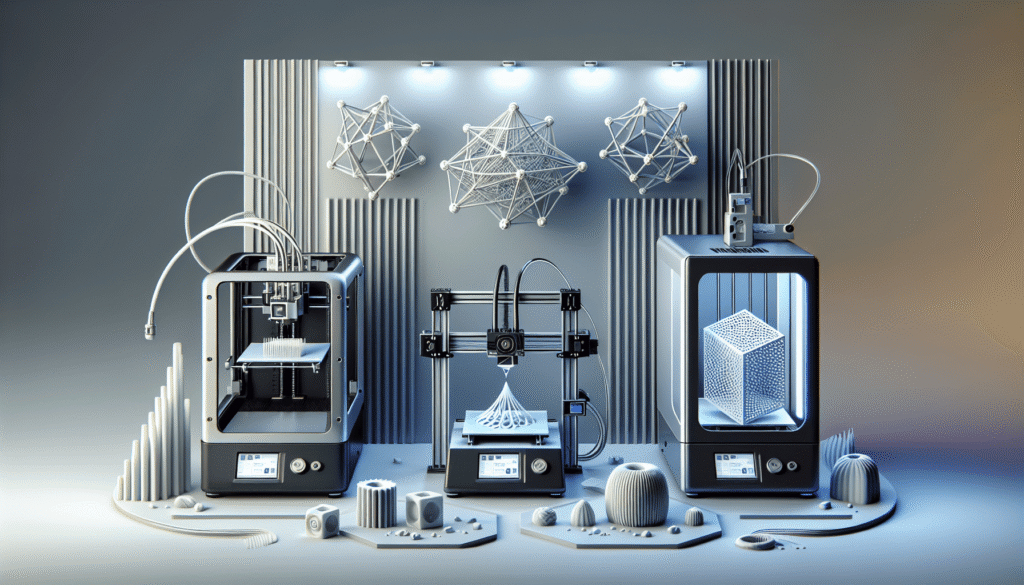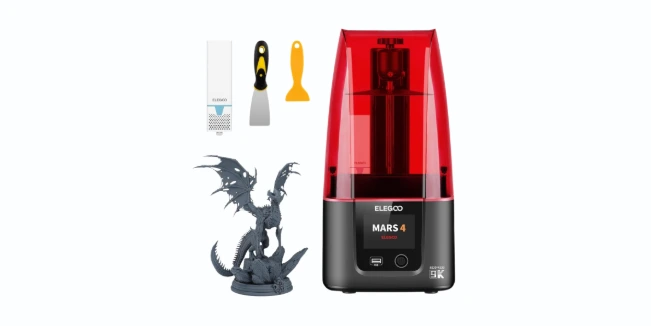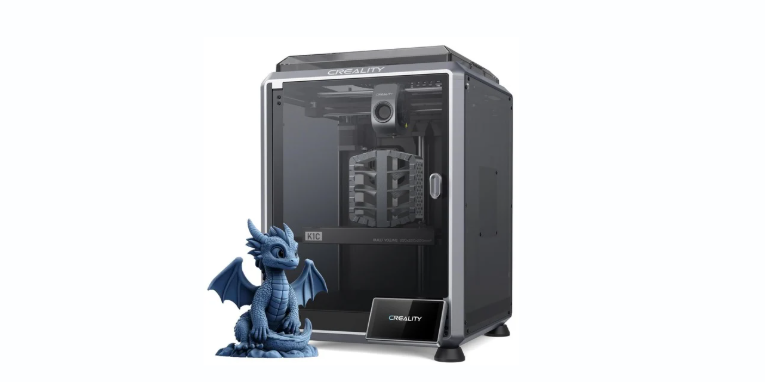Have you ever wondered why your 3D printing filaments sometimes fail to deliver the results you expect? I’m here to tell you that proper storage might just be the culprit. Trust me, I’ve been there too. Storing 3D printing filaments correctly is more than just placing them on a shelf. It’s a meticulous art that ensures you get the best print quality every time.
By exploring various storage methods and understanding why these filaments require special care, you’ll avoid common pitfalls and extend the life of your materials. Let me take you through some essential steps, considerations, and simple tips to make sure your filaments are always ready to go when creativity strikes.
Understanding 3D Printing Filaments
3D printing filaments come in an array of materials and each type can behave differently depending on how they’re stored. Most of the popular filaments, like PLA, ABS, and PETG, are sensitive to moisture, temperature, and light exposure. Knowing what each filament needs can literally make or break your printing experience.
Different Types of Filaments
Let’s take a quick look at some of the most common types:
| Filament Type | Characteristics | Sensitivities |
|---|---|---|
| PLA | Biodegradable, easy to use | Moisture, light |
| ABS | Strong, impact-resistant | Temperature, moisture |
| PETG | Flexible, durable | Moisture |
| Nylon | Very strong, wear-resistant | Moisture, temperature |
| TPU | Rubber-like, flexible | Moisture |
Understanding these sensitivities will help you decide the appropriate storage conditions for each type of filament.
Common Storage Mistakes
If you’re like me, you’ve probably overlooked some crucial factors in storing these filaments. Here’s a list of common errors and why they matter:
Exposure to Moisture
3D printing filaments are like sponges. They love to absorb moisture from the air, leading to issues such as bubbling, inconsistency, and degradation in print quality. Letting them sit in a damp basement or an open garage is not doing them any favors.
Temperature Fluctuations
Ever notice how things warp or crack after significant temperature swings? Filaments are no different. Keeping them in areas where temperatures vary greatly can lead to them becoming brittle or misshapen.
Direct Sunlight
Leaving filaments on window sills or uncovered shelves in direct sunlight is a grave mistake. The UV rays can break down the filament materials, affecting their physical properties and coloring.
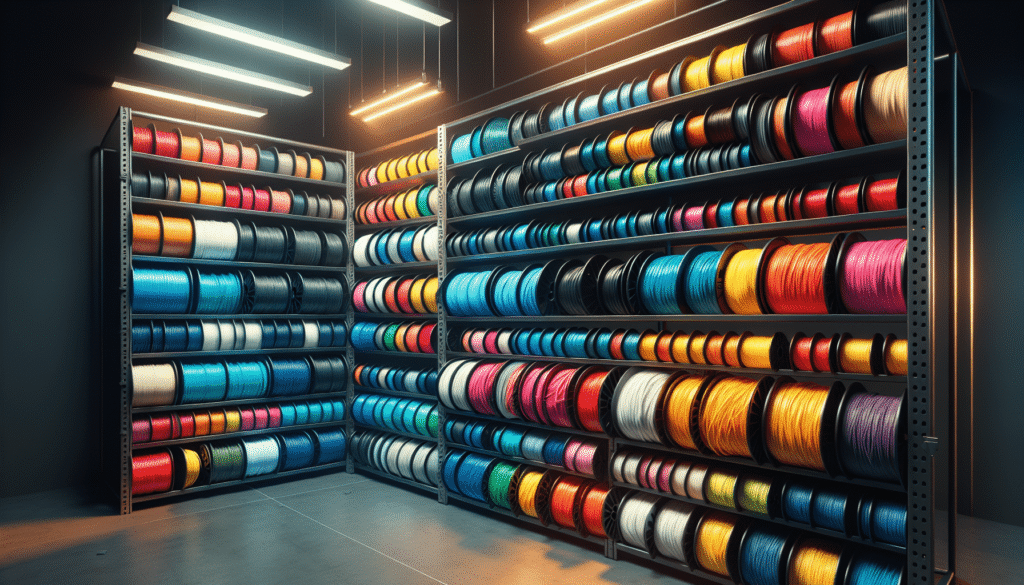
How to Store 3D Printing Filaments
Avoiding these common mistakes starts with creating the right storage environment. Here’s a detailed approach to ensuring your filaments stay in pristine condition.
Airtight Containers
Using airtight containers can be a simple yet effective way to keep moisture out. Remember those vacuum bags your mom used for winter sweaters? They work wonders for keeping filaments moisture-free.
Using Desiccants
Including silica gel packets in your storage containers can further ensure that moisture stays away. It’s like an insurance policy for your filaments.
Controlled Environment
Store your filaments in a controlled environment where temperature and humidity are kept steady. A good rule of thumb is to replicate an environment similar to what you’d find in a closet—dark and dry.
The Role of Spool Holders
Using spool holders designed for proper storage can not only keep your filaments organized but also prevent unnecessary kinks or tangles. They’re the unsung heroes of filament storage.
Choosing the Right Spool Holder
When selecting a spool holder, go for one with smooth turntables or ball bearings. Trust me, a little investment here can save you a ton of headaches later on.
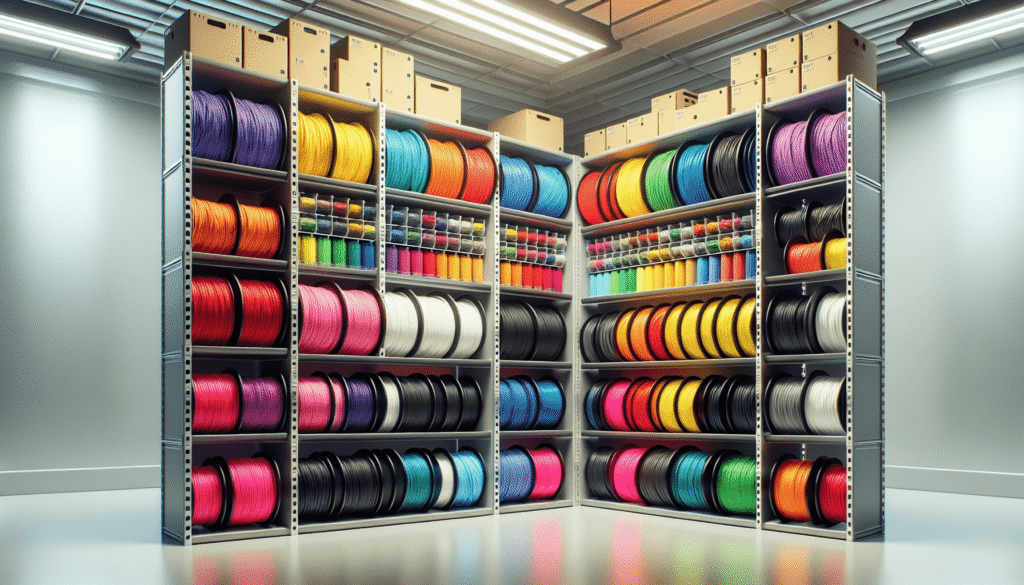
DIY Storage Solutions
Who doesn’t love a good DIY project? Creating your own filament storage solutions can be a cost-effective and fun way to ensure they’re stored correctly.
Vacuum Sealing
If you have a vacuum sealer lying around, put it to good use. Vacuum sealing your filaments can be an excellent method to keep out moisture and air.
Custom Shelving Units
Building custom shelves that mimic a dark, dry closet can be another engaging project. It allows you to create a tailored environment specifically for your filament collection.
Long-term Storage Considerations
For those rare filaments you keep for special projects, long-term storage solutions come into play. You’ll want to ramp up your efforts to ensure these special materials are in perfect condition when you need them.
Double Bagging
For an extra layer of protection, consider double-bagging your filaments. It sounds excessive but keeping moisture at bay in the long term often requires going that extra mile.
Temperature Stability
Use a thermostat-controlled room or even a wine cooler setup to make sure your rare materials aren’t subjected to temperature swings.
Monitoring and Maintenance
Setting your filaments up properly is just the first step. Maintaining the storage conditions is key to preserving their quality over time.
Regular Checks
Making it a habit to check your filaments every few months can alert you to any changes in texture or color before they become a problem.
Using Hygrometers
A small hygrometer placed in your storage area can provide real-time feedback if your conditions start to stray from the optimal range.
Choosing the Right Storage Location
The actual location where you decide to store your filaments plays a crucial role. Opt for a basement, attic, or a special room that doesn’t see much temperature fluctuation.
Basement vs. Living Space
While basements can be more stable in terms of temperature, their propensity for moisture might make a spare bedroom a better option.
Final Tips to Ensure Successful Printing
Once your storage is sorted, prepping your filament for printing is the cherry on top. A few extra steps can help you nail that dream project.
Pre-Use Checks
Before you set up your next print, take a good look at your filament. If it feels wet or makes a crackling sound, it might need drying.
Filament Drying
For those particularly troublesome filaments, special filament dryers can bring moisture levels back to normal.
Conclusion
Storing 3D printing filaments correctly can seem daunting at first, but with a few thoughtful steps, it becomes second nature. Ensuring they are kept in optimal conditions not only improves your print quality but also extends the life of your investment. Remember, the goal here is consistency, and a little forethought goes a long way in achieving that.
Hope these insights help you create your own storage solutions that cater to your unique set of filaments. Trust me, once you get it right, the confidence to pursue more complex projects will be yours. Keep those printers humming, and enjoy watching your creativity come to life!
